Table of Contents
Thread processing is a key process in mechanical manufacturing. Although traditional processing methods are mature, they have some limitations in accuracy and efficiency. With the rapid development of CNC technology, thread CNC milling technology has gradually become an advanced and efficient thread processing method.
Compared with traditional methods, CNC milling has significant advantages in high precision, efficiency, and material adaptability. This article will discuss thread CNC milling technology in-depth and analyze its working principle, tool selection, machining accuracy, and CNC programming methods.
How are traditional threads processed? What are its disadvantages?
The traditional thread processing method primarily uses a turning tool to cut threads or employs taps and dies for manual tapping or threading.
For large-diameter threads, CNC milling machines typically use a single-tool boring method. The operator controls the speed and pitch of the boring tool to achieve the desired results.
This method has the advantage of not requiring special tools and can be implemented quickly. However, the quality of threads produced by single-tool boring is low. Tools wear out quickly, which means they need frequent replacement, grinding, and realignment.
Additionally, the method generates high cutting forces, requires multiple feeds, and operates at slow speeds, leading to low efficiency. The long tool shank also increases the risk of vibration marks on the thread surface, which affects the stability of the processing quality.
Advantages of the CNC Thread Milling Method
1.Improved Accuracy and Efficiency
CNC machine tools have advanced thread processing, making CNC thread milling a leading technology. It offers better accuracy and efficiency than traditional methods. CNC thread milling is versatile; one cutter processes various internal and external threads with different rotation directions. This enhances processing flexibility.
2.Higher Cutting Speed and Better Surface Finish
CNC thread milling cutters, made from carbide materials, can reach cutting speeds of 80-200 meters per minute. In contrast, traditional taps with high-speed steel only reach 10-30 meters per minute. The higher speed boosts processing efficiency and improves thread surface finish.
3.Ideal for High-Hardness Materials
Carbide thread milling cutters excel in processing high-hardness and high-temperature materials, such as titanium and nickel-based alloys. They effectively handle materials with hardness up to HRC58-62. These cutters also have a long service life, even when processing tough alloys.
4.Flexibility in Thread Processing
When milling threads with different diameters but the same pitch, you only need to adjust the CNC program. There’s no need to replace multiple tools.
Unlike taps, which may become unusable when worn, you can adjust a thread milling cutter to maintain the thread size by modifying the tool radius.
5.Reduced Risk of Tool Breakage
In small-diameter thread processing, especially with high-hardness and high-temperature materials, taps often break, leading to blocked holes or scrap parts. Thread milling cutters, with their smaller diameter, avoid this risk. If the cutter breaks, it’s easier to remove, reducing the chances of scrap parts.
6.Reduced Load on Machine Tools
Thread milling generates less cutting force, especially with large-diameter threads. This reduces the machine’s load and prevents problems caused by excessive load, which can occur when using taps.
Thread CNC milling
Thread CNC milling is to realize thread processing through CNC machine tool movement. When working, the workpiece or the thread milling cutter rotates once, and the workpiece or the milling cutter moves one pitch along the axial direction to cut out all the threads.
1. Selection of thread CNC milling machine tools
When thread CNC milling is performed, it can be achieved as long as the machine tool is a three-axis linkage CNC milling machine.
2. Thread milling cutter selection
The thread CNC milling processing method uses a special tool: the thread milling cutter.
This cutter consists of several disc milling cutters mounted on a mandrel. Its appearance closely resembles a combination of a cylindrical end mill and a thread tap, as shown in Figure 1. However, the thread-cutting edge differs from that of a tap, and the tool lacks a helical lift.
Currently, the two most commonly used thread milling cutters are carbide solid thread milling cutters and machine-clip thread milling cutters, as shown in Figures 1 and 2.
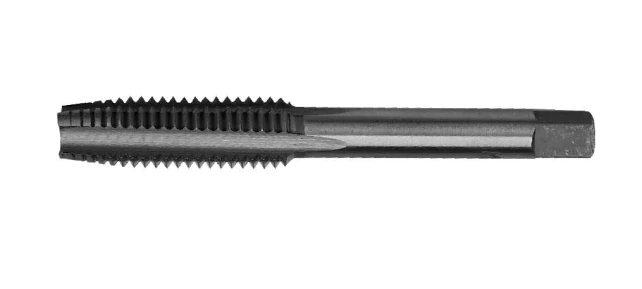
Figure 1 Carbide solid thread milling cutter
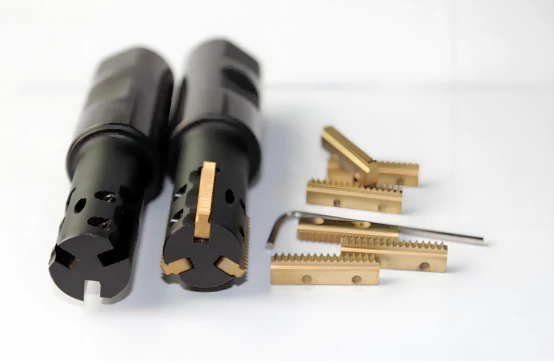
Figure 2 Machine-clamped thread milling cutter
Thread milling cutters have only 1 to 2 cutting edges in a circle. As a result, the cutting amount of both solid thread milling cutters and machine-type thread milling cutters is very small during operation.
When selecting a thread milling cutter, the pitch of the cutter (the distance between two adjacent teeth along the milling cutter axis) must match the pitch of the thread being processed.
For internal threads, in addition to the above condition, the outer diameter of the thread mill must be less than 0.8 times the diameter of the thread bottom hole being processed.
3. CNC thread milling cutter position trajectory
In CNC milling, the thread milling cutter follows an equal-pitch spiral trajectory. This trajectory is illustrated in Figure 3.
The mathematical model representing the position trajectory of the thread milling cutter is provided in formula (1).
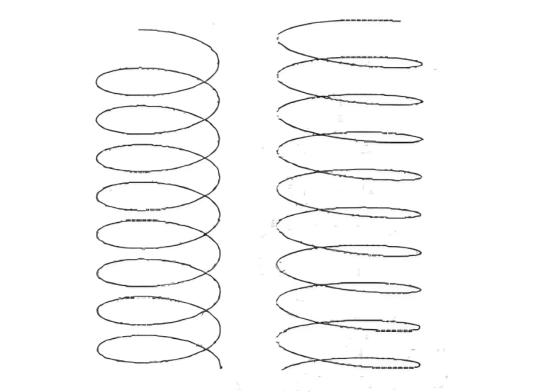
Figure 3 Milling cutter position trajectory
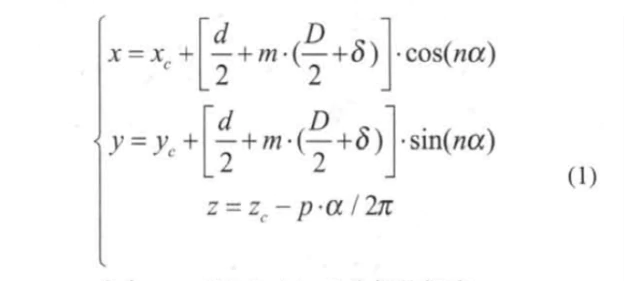
In the formula:
αϵ [0,h*2π/ρ],
h is the tread depth;
ρ is the thread pitch;
Xc, yc, and zc are thread position coordinates;
D is the milling cutter diameter;
d is the major diameter of the internal thread or the minor diameter of the external thread;
δ is the machining allowance. If the milling cutter is worn during finishing, it can be used as the milling cutter wear amount to compensate;
m is the control quantity of internal and external threads. When it is an internal thread, m=-1; when it is an external thread, m=+1;
n is the left-hand thread control quantity. When it is a left-hand thread, n=-1; when it is a right-hand thread, n=+1.
The cutting method is to cut in with a spiral line, as long as the cutting spiral line is above the thread to be processed. The retracting method is to exit in a straight line, toward the center for internal threads, and outward for external threads.
4. Thread milling step length
4.1Tool Path and Programming
Thread milling follows a helical tool path, which can be directly controlled by the CNC system’s helical interpolation commands.
However, since each CNC system uses different instruction formats, you must be familiar with the specific commands when programming. To simplify programming, we use linear interpolation to approximate the spiral path as a series of line segments.
4.2Importance of Step Length
Determining the tool path step length is crucial in linear interpolation. Smaller step lengths result in denser tool position data along the tool path, increasing program size and reducing programming efficiency. More importantly, small-step programs can cause feed speed fluctuations, lowering average speed and affecting surface quality and processing efficiency.
On the other hand, large step sizes reduce tool position density and improve machining efficiency but lower contour accuracy, leading to poorer thread surface quality. Thus, choosing an appropriate step length is key.
4.3Controlling Step Length and Machining Error
The step length in thread milling depends on the increment value, denoted as “a” in formula (1). A larger increment leads to a bigger step size and higher machining error, as shown in Figure 4. By controlling the increment size, you can control the machining error and optimize the step length.
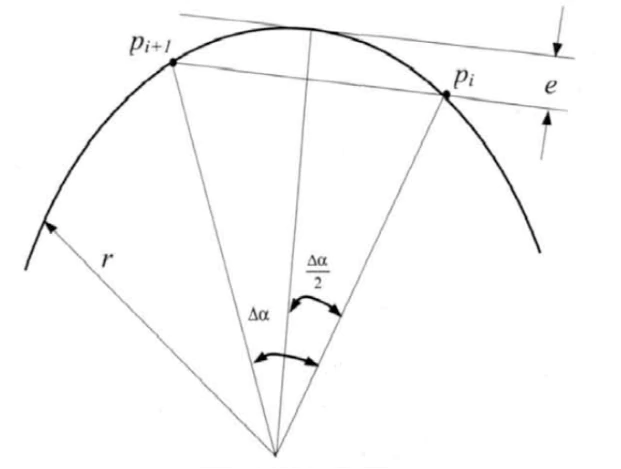
Figure 4 Determination of tool step length
4.4Error Calculation
When the increment Δ α of α is small, the curve between two adjacent tool points can be approximated as an arc with a radius r, as shown in Figure 4. Then the relationship between error e and allowable error E is:

Among them: r is the nominal diameter of the thread; E is the allowable error of thread processing.
Thread milling CNC programming system
According to formula (1), the author developed a thread milling CNC programming system, and the interface is shown in Figure 5. As long as you know the parameters of the thread, the position of the thread, the parameters of the milling cutter, the machining error, and the machining allowance, you can automatically output the thread CNC milling program.
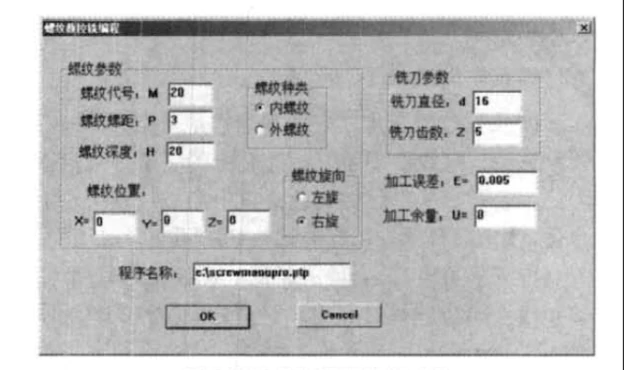
Figure 5 Thread milling CNC programming system
Thread milling cutting parameter selection
Selecting reasonable cutting parameters is a key factor in improving processing efficiency, ensuring thread quality, and improving tool durability.
If the parameters are improperly selected, the cutting will be unstable, the blade will chip, or the processing efficiency will be too low. In the most serious case, the quality of the thread will be affected.
1. Tool feed speed F
F=N*FZ*Z (2)
N is the spindle speed;
Z is the number of teeth per week of the thread milling cutter;
FZ is the feed amount per tooth of the milling cutter.
After the feed per tooth of the milling cutter FZ is determined, the key is to match the relationship between the cutting speed F and the spindle speed N according to equation (2).
The feed per tooth of the milling cutter FZ is provided by experience or the milling cutter manufacturer and is generally 0.1~0.2mm/Z.
2. Cutting depth αρ
αρ=m*(D初-d)-δ (3)
Among them, m, d,δ have the same meaning as formula (1), D初 which are the initial direct diameter of the bottom hole of the internal thread and the initial cylindrical diameter of the external thread.
The cutting depth αρ must be determined during programming and controlled by the machining allowance δ. The value of cutting depth αρ is 1~2mm.
Conclusion
Through practical application verification, thread CNC milling technology has proven effective in both processing accuracy and efficiency. It also significantly extends the tool’s service life and enhances its adaptability.
The thread milling CNC programming system simplifies the programming process, further improving both processing efficiency and quality.
The widespread adoption of this technology not only optimizes the thread processing process but also opens up more possibilities for high-precision thread manufacturing in the future.
As CNC technology continues to advance, thread CNC milling will play an increasingly important role in the manufacturing industry.

